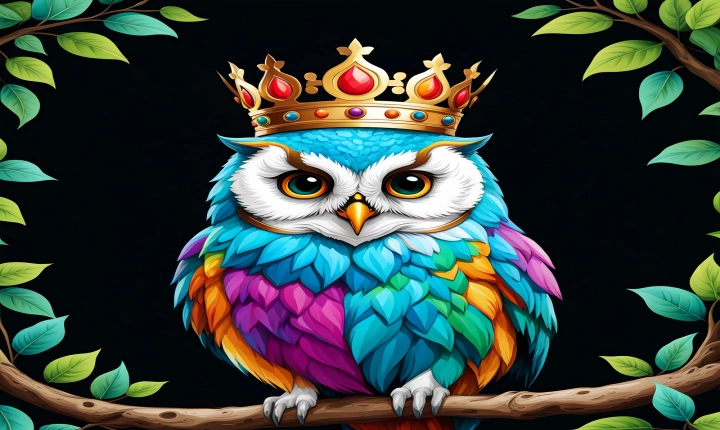Title: How to Use ChatGPT: A Guide to Harnessing Powerful Conversational AI
Introduction:
In the age of artificial intelligence (AI), ChatGPT stands out as a powerful tool for generating natural-sounding conversations and text. Developed by OpenAI, ChatGPT is built on the foundation of the GPT (Generative Pre-trained Transformer) model, which has been fine-tuned to excel in natural language processing tasks. With its ability to understand and respond to human language, ChatGPT holds immense potential for a wide range of applications, from customer service chatbots to content generation. In this article, we will explore how to use ChatGPT effectively to harness its capabilities.
Understanding the Basics of ChatGPT:
ChatGPT is a language model that is designed to generate human-like text based on the input it receives. It has been trained on a vast corpus of text, making it adept at understanding and producing language in a coherent and contextually relevant manner. Users can interact with ChatGPT by providing prompts or questions, to which it responds with text that is generated in real-time.
Using ChatGPT for Text Generation:
To use ChatGPT for text generation, you can input a prompt or a starting sentence, and the model will continue the text based on the context provided. This can be useful for generating content for articles, stories, or creative writing. For example, you can prompt ChatGPT with “Write an engaging introduction to a travel article about Paris,” and it will continue the text with a captivating introduction.
Utilizing ChatGPT for Conversational Interfaces:
ChatGPT can also be used to build conversational interfaces or chatbots that can engage users in natural language conversations. By integrating ChatGPT into a chat interface, businesses can create interactive customer service bots that can understand and respond to customer queries in a human-like manner.
Customizing Responses and Fine-Tuning the Model:
One of the key strengths of ChatGPT lies in its ability to be fine-tuned and customized for specific use cases. Developers can fine-tune the model on specific datasets, domains, or languages to tailor its responses to specific needs. This allows for greater control over the generated text and enables the model to better understand domain-specific language and context.
Best Practices for Using ChatGPT:
When using ChatGPT, it’s important to consider the ethical implications of AI-generated content, such as misinformation and bias. Additionally, regular monitoring and quality checks are essential to ensure that the generated text aligns with the desired outcome and does not perpetuate harmful content.
Conclusion:
ChatGPT is a powerful tool that offers a wide array of possibilities for text generation and conversational AI. By understanding the basics of ChatGPT and leveraging its capabilities for text generation and conversational interfaces, businesses and developers can harness the potential of this cutting-edge technology to enhance customer experiences, streamline communication, and create compelling content. As the field of AI continues to advance, ChatGPT represents a significant step forward in natural language understanding and generation.
